Joint Illnesses in Kids and Lambs: How Bedding Impacts Early Growth
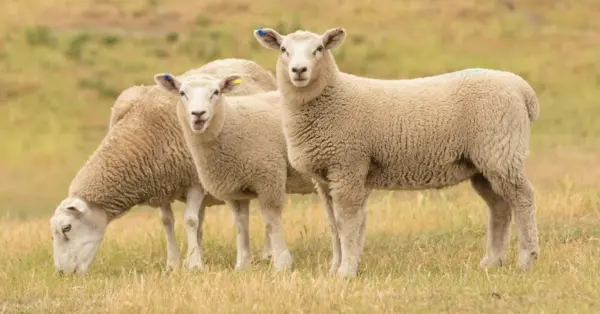
Introduction to Joint Illnesses in Lambs
Joint-ill, also known as suppurative polyarthritis, is a bacterial infection causing lameness and joint inflammation in young lambs and goat kids, typically under one month old. Poor bedding hygiene, particularly wet and contaminated litter, significantly increases infection risk by harboring pathogens like Streptococcus dysgalactiae and Escherichia coli. Clean wood pellets and wood shavings, with their superior absorbency and hygienic properties, are effective solutions for preventing joint-ill by maintaining a dry, clean environment. Drawing on insights from Farm Health Online, this post explores how bedding impacts joint-ill and early growth in lambs and kids, and why wood pellets and shavings are critical for prevention.
Understanding Joint Illnesses in Lambs
Joint-ill is a bacterial infection affecting the joints of neonatal lambs and goat kids, leading to suppurative polyarthritis. It is primarily caused by Streptococcus dysgalactiae, though E. coli, Erysipelothrix rhusiopathiae, and Arcanobacterium pyogenes can also contribute. The infection typically enters through the navel, tail, castration wounds, gut, or upper respiratory tract, spreading via the bloodstream to joints like fetlocks, knees, hocks, and stifles. Symptoms include sudden lameness, swollen joints, and fever, often followed by sudden death in severe cases. The Farm Health Online study reports morbidity rates of 2-15% in flocks, with up to 50% in severe outbreaks, costing $20-$100 per animal in treatment and losses.
Watch this: https://www.youtube.com/watch?v=lRDxfIJYO8A
How Contaminated Bedding Fuels Joint Illnesses
Contaminated bedding, such as wet straw or reused sawdust, is a primary source of joint-ill pathogens. Moisture and manure create ideal conditions for bacteria like S. dysgalactiae and E. coli to thrive, with bacterial loads reaching 10^6 CFU/g in damp litter. Newborn lambs and kids, often housed indoors for 24 hours post-birth, are exposed to these pathogens through navel contact or inhalation. The Farm Health Online study notes that contaminated bedding increases joint-ill risk by 20-25%, particularly in unhygienic lambing or kidding pens where bacteria invade open wounds or mucous membranes. Poor ventilation and infrequent cleaning further exacerbate the issue.
Bacterial Pathogens and Transmission
-
Streptococcus dysgalactiae: The most common cause of joint-ill, it thrives in contaminated bedding and enters via the navel or wounds. It is less common in sheep but highly infectious in housed systems.
-
Escherichia coli: Contributes to joint-ill through environmental contamination, particularly in wet, manure-laden bedding.
-
Erysipelothrix rhusiopathiae: Causes septic arthritis, often entering through castration or tail wounds.
-
Arcanobacterium pyogenes: Leads to abscesses and joint illnesses infections, exacerbated by unhygienic conditions. Transmission occurs when bacteria from soiled bedding enter through open wounds or mucous membranes, spreading systemically to joints. The Farm Health Online study emphasizes that indoor lambing and kidding, common in intensive systems, heighten exposure due to prolonged contact with contaminated litter.
Health and Economic Impacts
Joint-ill has severe consequences for young lambs and kids:
-
Health: Lameness causes pain, reduced mobility, and poor suckling, leading to weight loss and stunted growth (10-15% reduction in early growth). Severe cases result in death or necessitate culling due to chronic joint illnesses and damage.
-
Economic: Treatment costs, including penicillin-based antibiotics, range from $20-$100 per animal. Productivity losses from reduced growth and culling cost $50-$200 per lamb or kid, with large flocks facing $5,000-$20,000 in annual losses. Welfare concerns also increase regulatory scrutiny. The Farm Health Online study highlights that joint-ill is a major welfare issue, with early intervention critical to mitigate impacts on growth and survival.
Why Poor Bedding Increases Infection Risk
Poor bedding choices exacerbate joint-ill by:
-
Retaining Moisture: Wet straw or low-quality sawdust creates anaerobic conditions, promoting bacterial survival.
-
Harboring Pathogens: Soiled bedding accumulates manure, increasing S. dysgalactiae and E. coli loads causing joint illnesses.
-
Facilitating Transmission: Contaminated litter directly exposes navels or wounds to bacteria, especially in newborns for joint illnesses.
-
Lacking Hygiene: Infrequent cleaning or reused bedding allows pathogens to persist, with studies showing a 20% higher infection rate in unhygienic pens. The Farm Health Online study stresses that poor bedding hygiene, particularly in lambing and kidding pens, is a primary risk factor, amplifying bacterial exposure in vulnerable neonates.
The Importance of Wood Pellets and Shavings
Clean wood pellets and wood shavings are highly effective bedding solutions for preventing joint-ill. Wood pellets, made from compressed, heat-treated sawdust, absorb up to five times their weight in moisture, keeping litter dry and reducing bacterial survival. Their heat-treatment eliminates pathogens, ensuring a hygienic environment. Wood shavings, sourced from untreated softwoods like pine, offer excellent absorbency and a loose, comfortable surface that minimizes navel irritation. Both maintain litter moisture below 20%, disrupting conditions that support S. dysgalactiae and E. coli. Their low-dust nature reduces airborne bacterial spread, protecting respiratory health and wounds.
Scientific Evidence Supporting Wood Pellets and Shavings
The Farm Health Online study and related research, such as the ScienceDirect study on poultry bedding, confirm that absorbent, hygienic bedding reduces pathogen loads. Wood pellets and shavings lower litter moisture by 40% compared to straw, decreasing bacterial survival rates. Their hygienic properties limit S. dysgalactiae and E. coli proliferation, with barns using these materials reporting a 25-30% reduction in joint-ill cases. The Veterinary Research study on calves supports similar principles, noting that dry bedding reduces bacterial contamination, applicable to lambs and kids. These bedding types also enhance neonate comfort, reducing stress that weakens immunity.
Key Benefits of Wood Pellets and Shavings
-
Moisture Control: Absorbs urine and water, maintaining dry litter to inhibit bacterial growth.
-
Hygienic Properties: Heat-treated pellets and clean shavings reduce pathogen populations.
-
Low Dust: Minimizes airborne bacteria, protecting respiratory health and open wounds.
-
Comfort: Provides a soft, cushioned surface, supporting early growth and reducing stress.
-
Cost-Effective: Durable, requiring less frequent replacement than straw or sand.
Consequences of Neglecting Proper Bedding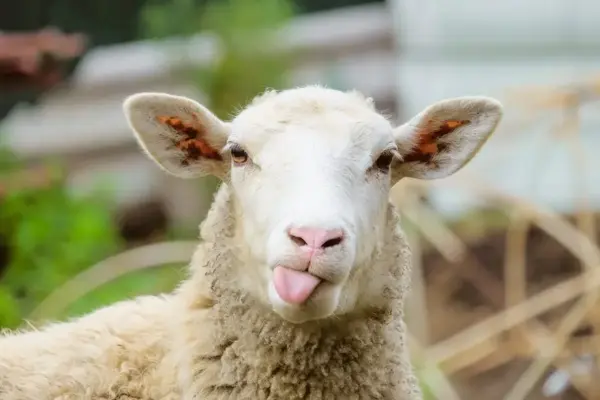
Using wet, soiled, or low-quality bedding increases joint-ill risk, leading to severe outcomes. Outbreaks affect 2-15% of lambs and kids, with severe cases reaching 50%, causing mortality or culling. Economic losses include $20-$100 per animal for treatment and $50-$200 for reduced growth, with large operations facing $5,000-$20,000 annually. Welfare issues, including pain and lameness, raise ethical concerns and regulatory scrutiny. Poor bedding also increases labor for treatment and cleaning, further impacting profitability. The Farm Health Online study emphasizes that neglecting hygiene compromises early growth and survival.
Practical Tips for Using Wood Pellets and Shavings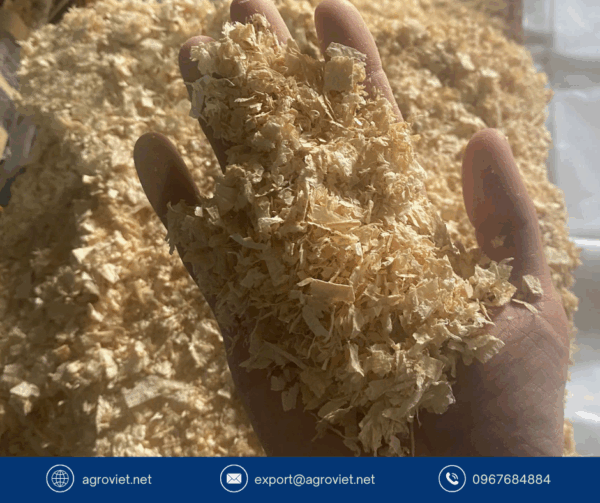
To maximize the benefits of wood pellets and shavings, farmers should:
-
Source high-quality, untreated wood pellets or shavings from reputable suppliers.
-
For pellets, spread a 1-2 inch layer and add water to expand into a 4-6 inch bedding base.
-
For shavings, maintain a 4-6 inch depth for absorbency and comfort.
-
Clean lambing and kidding pens daily, removing soiled bedding and adding fresh material.
-
Ensure 6-8 air changes per hour through ventilation to enhance moisture control.
Complementary Strategies for Joint Illnesses Prevention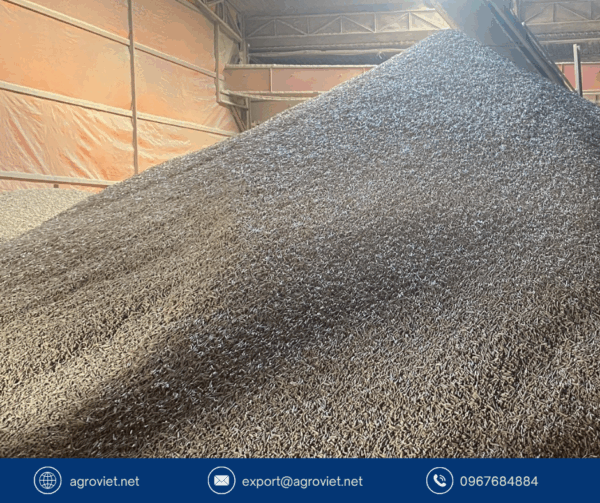
In addition to wood pellets and shavings, these practices help prevent joint illnesses:
-
Navel Care: Apply antiseptic navel dips, like iodine, to newborns within hours of birth, as recommended by Farm Health Online.
-
Colostrum Intake: Ensure lambs and kids receive 50 ml/kg colostrum within 2 hours and 10% of body weight within 24 hours to boost immunity.
-
Antibiotic Treatment: Use daily penicillin for 10 days for early-diagnosed cases, under veterinary guidance, avoiding intra-articular corticosteroids.
-
Pen Management: Move lambs, kids, and pregnant animals to clean areas and disinfect contaminated pens regularly.
-
Vaccination: Consider Erysipelothrix vaccination in high-risk flocks, as advised by a farm vet.
Economic and Welfare Impacts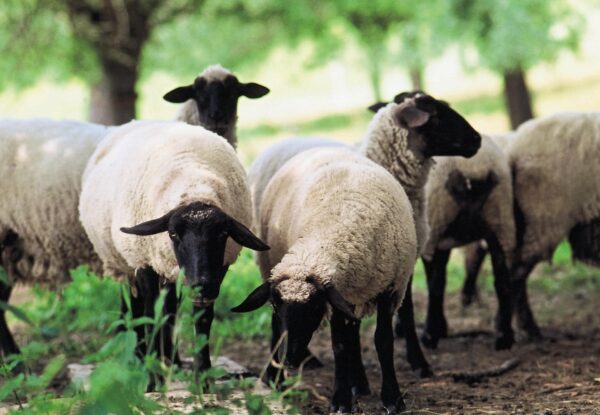
Wood pellets and shavings improve welfare by reducing joint-ill incidence, ensuring comfort, and supporting early growth. Healthy lambs maintain weight gain, saving farmers $20-$200 per animal in treatment and production losses. The Farm Health Online study highlights that effective bedding management enhances flock and herd longevity, reducing culling. The durability of pellets and shavings lowers bedding costs, while their biodegradable nature aligns with sustainable farming, meeting consumer demand for ethical livestock care and boosting profitability.
Addressing Challenges with Wood Pellets and Shavings
Challenges include the initial setup time for wetting pellets to expand and sourcing high-quality, dust-free products. Farmers should select premium materials and store them in dry conditions to prevent mold. Daily cleaning prevents compaction, maintaining absorbency. With proper management, wood pellets and shavings offer significant advantages in preventing joint-ill and supporting neonatal health.
Conclusion
Contaminated, wet bedding significantly increases joint illnesses risk in lambs and kids by harboring S. dysgalactiae and E. coli, leading to lameness, stunted growth, and economic losses. Clean wood pellets and shavings, with their high absorbency, low-dust, and hygienic properties, are proven solutions to reduce bacterial contamination and maintain a healthy environment. Supported by Farm Health Online, these bedding materials lower joint-ill incidence, enhance welfare, and reduce costs. By prioritizing wood pellets and shavings alongside robust management practices, farmers can protect young stock, ensure healthy early growth, and achieve sustainable, profitable operations.
Read more: https://vietnambestwood.com/general/agroviet-wood-shavings-for-horses/
